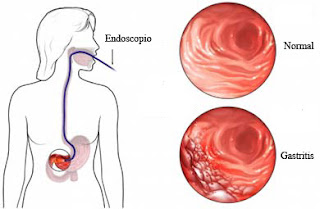Osteomalacia - Causes, Symptoms and Treatments

Osteomalacia, or soft bones, often develops because of a lack of vitamin D. It causes severe bone pain and muscle weakness. In Victorian times the condition often affected children and was called rickets, but today osteomalacia usually affects adults, especially the elderly and/or people of South Asian origin.
The causes of adult osteomalacia are varied, but ultimately result in a vitamin D deficiency:
- Insufficient nutritional quantities or faulty metabolism of vitamin D or phosphorus
- Renal tubular acidosis
- Malnutrition during pregnancy
- Malabsorption syndrome
- Hypophosphatemia
- Chronic renal failure
- Tumor-induced osteomalacia
- Long-term anticonvulsant therapy
- Coeliac disease
- Cadmium poisoning, Itai-itai disease
Symptoms of osteomalacia can include:
- pain felt in your bones – usually felt in your legs, groin, knees and feet
- muscle weakness – usually affects your thighs, shoulders and main trunk of your body
- back pain
- pain caused by slight cracks in the bone (partial fractures) – sometimes these cracks can turn into complete breaks (complete fractures)
As the condition gets worse, pain can be felt everywhere and any movement can be painful.
Osteomalacia in adults starts insidiously as aches and pains in the lumbar (lower back) region and thighs, spreading later to the arms and ribs. The pain is symmetrical, non-radiating and is accompanied by sensitivity in the involved bones. Proximal muscles are weak, and there is difficulty in climbing up stairs and getting up from a squatting position.
Due to demineralization bones become less rigid. Physical signs include deformities like triradiate pelvis and lordosis. The patient has a typical "waddling" gait. However, those physical signs may derive from a previous osteomalacial state, since bones do not regain their original shape after they become deformed.
Pathologic fractures due to weight bearing may develop. Most of the time, the only alleged symptom is chronic fatigue, while bone aches are not spontaneous but only revealed by pressure or shocks.
It differs from renal osteodystrophy, where the latter shows hyperphosphatemia.
Patients who have osteomalacia can take vitamin D, calcium, or phosphate supplements, depending on the individual case. For instance, people with intestinal malabsorption (the intestines cannot absorb nutrients or vitamins properly) may need to take larger quantities of vitamin D and calcium.
Other treatments to relieve or correct osteomalacia symptoms may include:
- Wearing braces to reduce or prevent bone irregularities
- Surgery to correct bone deformities (in severe cases)
- Adequate exposure to sunlight

+-+Self-Care+at+Home.gif)








